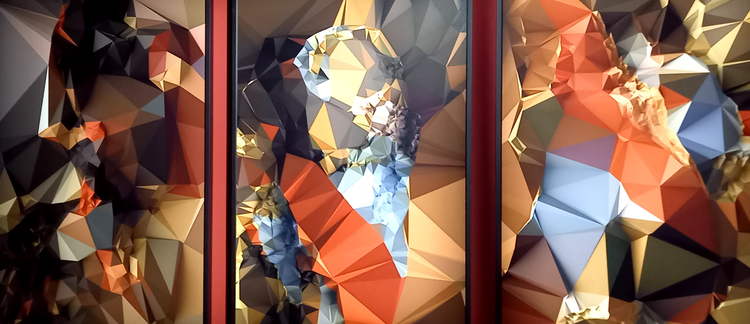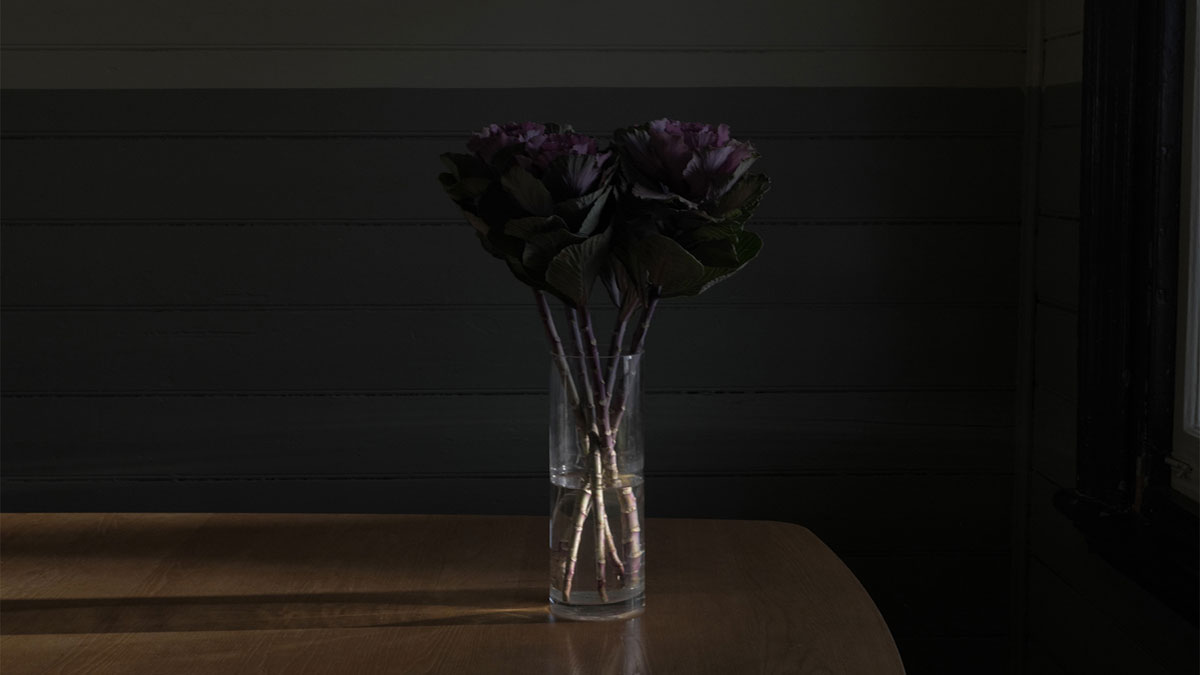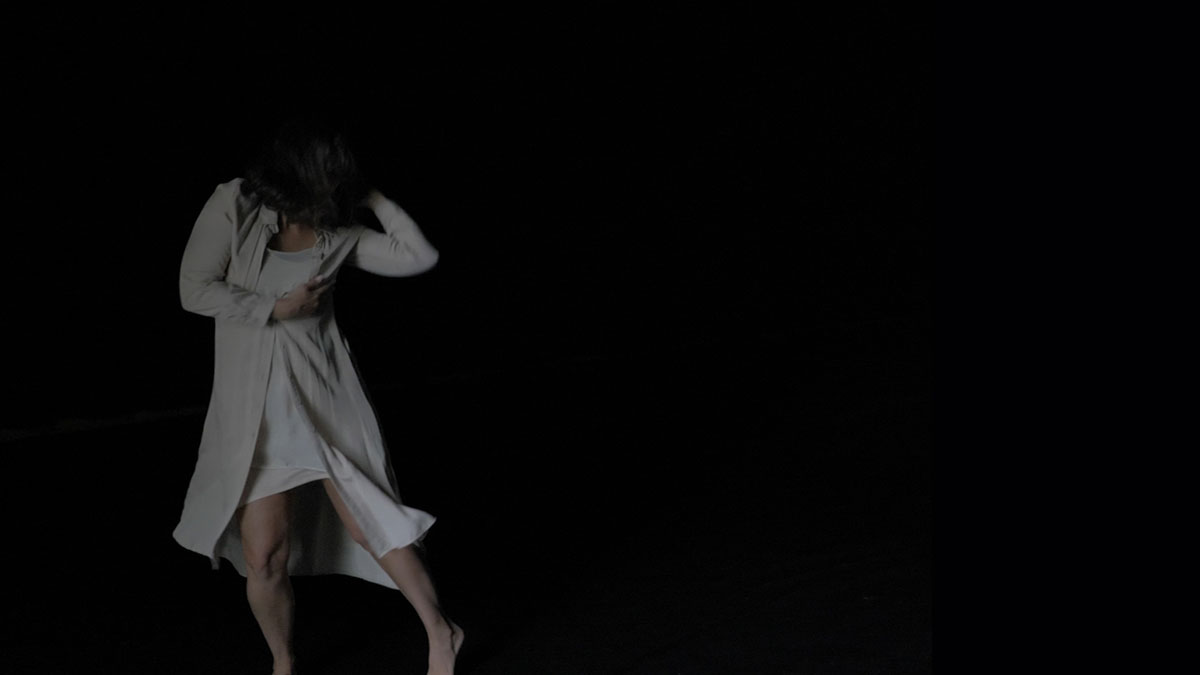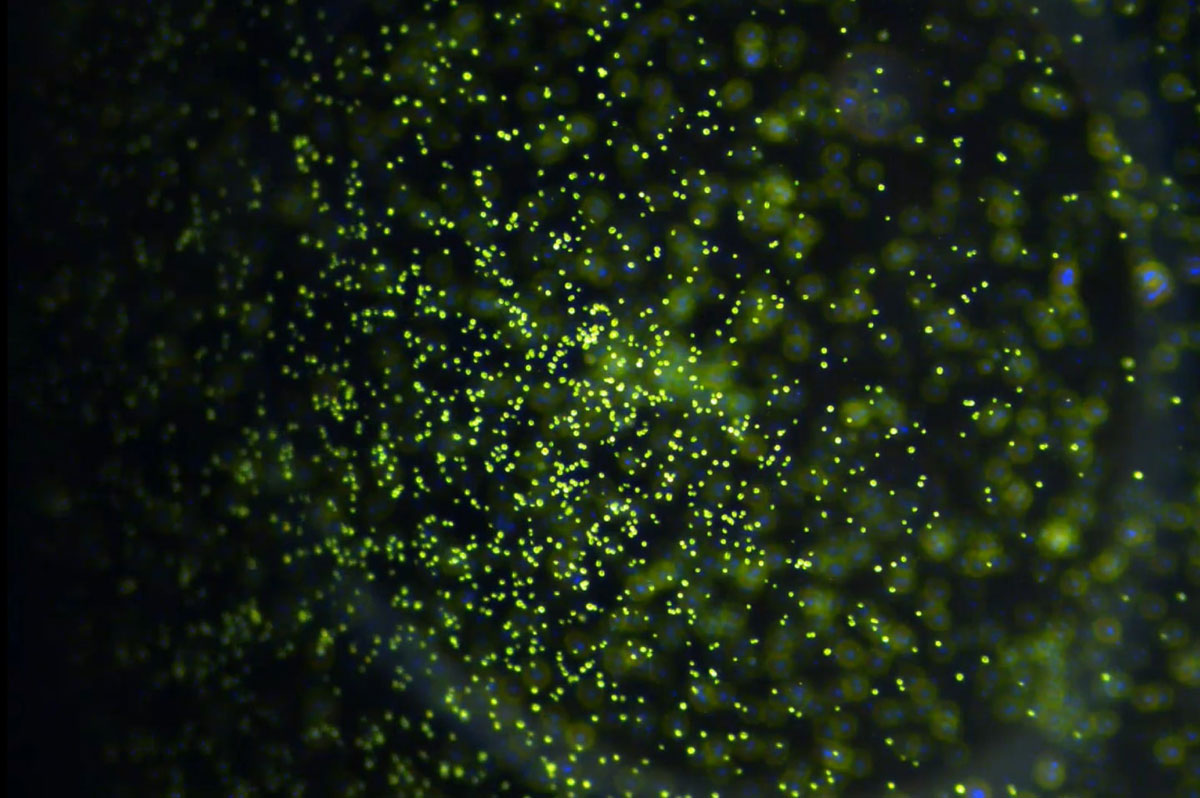The short film Shifting Perspectives stems from a collaborative research project initiated in 2019 in Sydney, Australia, during the ‘Choreographic Hack Lab—a week-long laboratory co-presented by Critical Path and Sydney Festival in partnership with the Museum of Applied Arts and Sciences (MAAS), which asked artists and academics to reflect and respond and rethink to the idea of the Anthropocene (Pini & George, 2019). The film was later developed in 2020 during a Responsive Residency at Critical Path.
The short film is inspired by a recent conversation between two leaders in the field of synthetic biology (Sarah Richardson and Tom Knight) and their divergent approaches to working with microorganisms (Agapakis, 2019).
Synthetic biology and the redesigning of biological systems could offer an alternative option, a living, growing, biological technology. Such an alternative would be capable of disrupting many fossil-fuels based industries and reshaping technology as we know it. Synthetic biology can help us harness many incredible aspects of biology; from animal-free meat and biofuels to plastic-degrading bacteria and cures and vaccines for diseases.
This is because all of biology is written in a language called DNA. Every creature in the world uses this language in order to exist, whether that’s humans or our pets or the plants we eat. It also includes the tiny bacteria breaking down the food in our bodies or the bacteria living in soil that produce what we associate as ‘the smell of rain’ when grass gets wet, or even the phytoplankton in the ocean making half the oxygen we breathe.
Since the 1970s, humans have had the ability to read and write in the language of DNA. Synthetic biologists today often refer to the language of DNA as a binary code. But unlike binary code or computer programs, biology is chaotic and filled with redundancy. It is vastly complex and intricate.
This film takes from the conversation between two leading synthetic biologists. Both are engineers and rely on the binary code of DNA. Both are biologists and founders of their own synthetic biology companies. And yet, they have very different approaches to the way they consider and approach designing with biology. The film wants to highlight those differences through dance and the moving body, and hope in this process to open up questions around this paradox of chaos and design.
As we try to move towards a future based on a bio-economy, how do we align with the possibilities of designing with life? And how will we deal with the paradox of biological chaos and rational design? Can we make space for the non-human life we aim to become so heavily reliant upon? How might we consider more embodied interactions and forms of communication in order to embrace this chaos and design more effectively?
Based on a conversation between these two scientists and their distinct perspectives we wondered what would happen if we added ‘distance’ as an underlying character. Distilling the conversation into a horizon, a thought collision; between two people, and how thought becomes layers of movement & transformation. The event of the conversation occurs in the characters bodies, beyond time and space. Negative space was another important element when filming and editing the dancer movements, the convergence of the two biologists’ views and the microscopic world.
This short film casts the green microbe Chlamydomonas reinhardtii that lives in fresh water. These are very useful organisms to engineer for more sustainable manufacturing of medicines and materials. Chlamydomonas reinhardtii microbes are naturally green because they are filled with chlorophyll that also exists in plants. Each one on its own is invisible to the naked eye, but collectively, we can see millions of them as a living, green, liquid mass.
Grounded on a feminist post-humanist approach that recognizes a continuity between all living creatures, including plants, animals, microorganisms and humans (Haraway, 1991), this project questions how can we engage with these organisms from a situated and embodied perspective. By engaging our thinking through our body, the film asks whether dance and visual arts can help us explore ways to engage and cope with transformative and uncertain times, and if collaborating with microorganisms can reshape our future in a more-than-human world (Abram, 1998). By proposing a reconsideration of the relationship with our lived environment and its inhabitants, this work opens a multivocal interdisciplinary dialogue across screendance, performance and synthetic biology.
Competing Interests
The authors declare that they have no competing interests.
References
Abram, D. (1998). The Spell of the Sensuous: Perception and Language in a More-than-Human World. In Environmental History (Vol. 3, Issue 4). Random House. DOI: http://doi.org/10.2307/3985210
Agapakis, C. (2019). Moving the Needle: A conversation between Sarah Richardson and Tom Knight. Grow, 58–66. https://www.growbyginkgo.com/2020/06/23/moving-the-needle/
Haraway, D. (1991). Simians, Cyborgs, and Women: the Reinvention of Nature. Free Association Books.
Pini, S., & George, J. (2019). Synthetic Organisms: Performing Promise and Doubt. Critical Dialogues, 11(HACKING THE ANTHROPOCENE), 48–59. https://issuu.com/critical_path/docs/criticaldialogues_final




